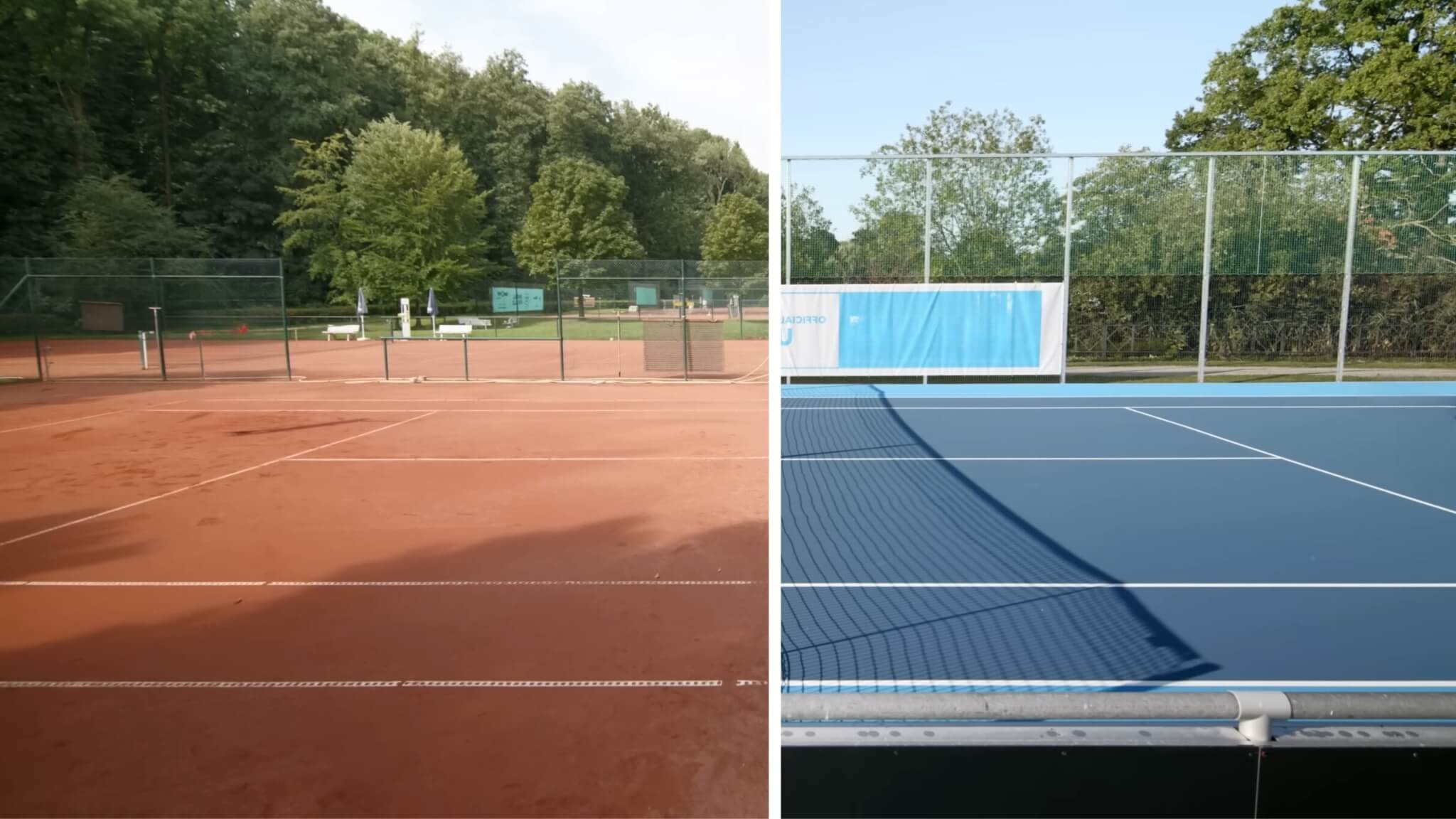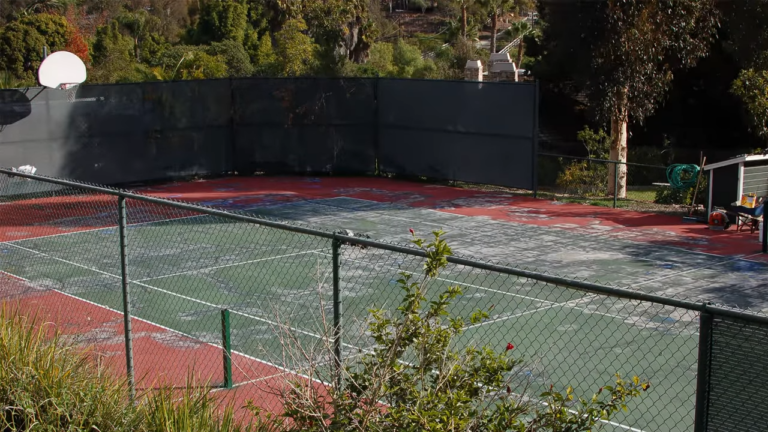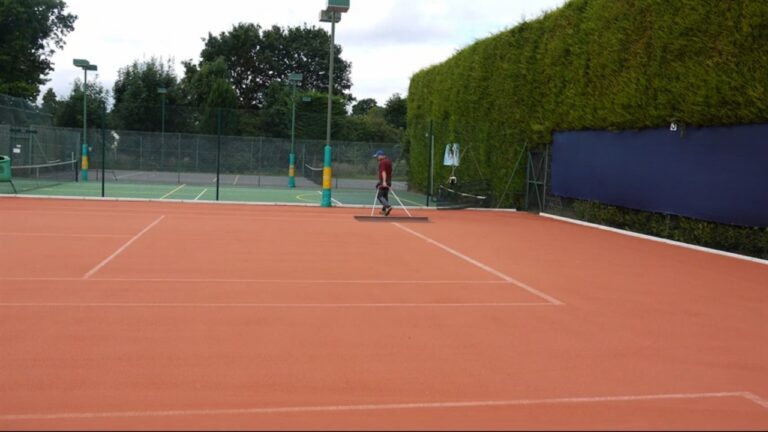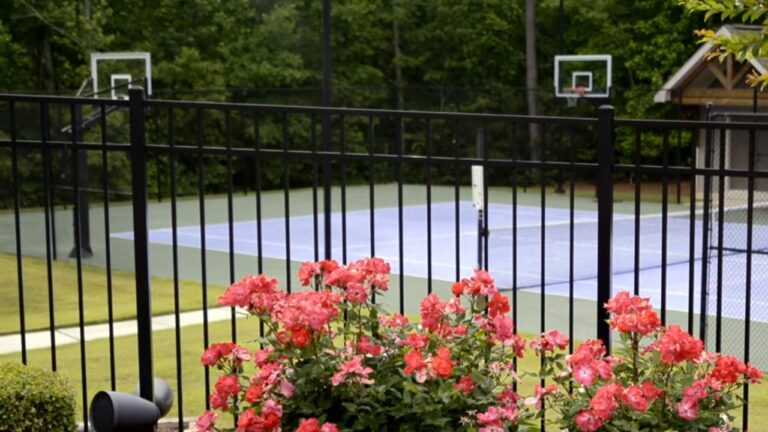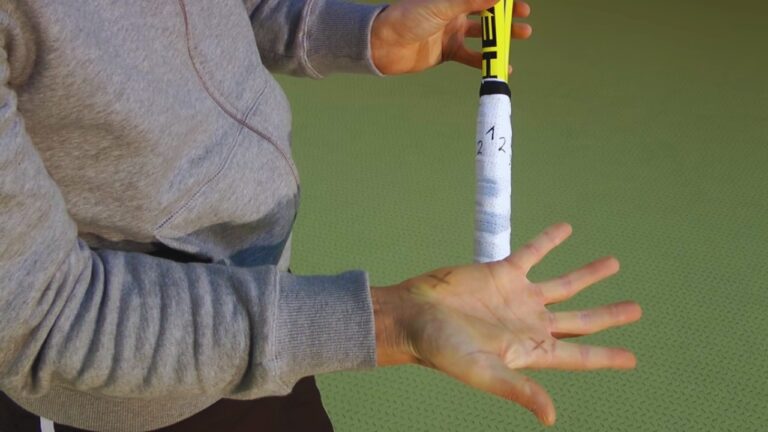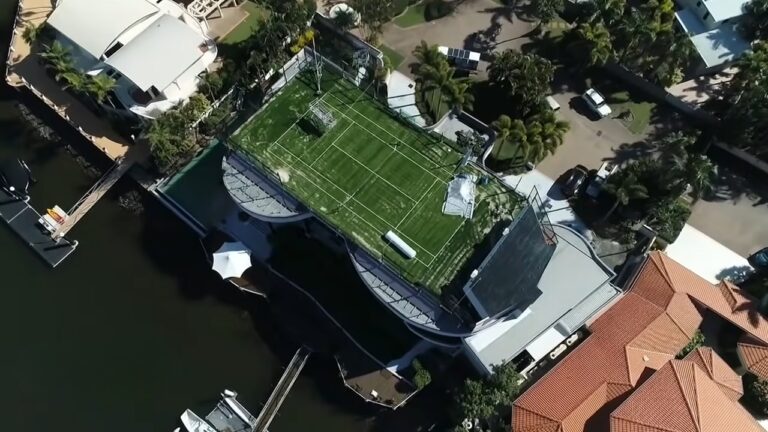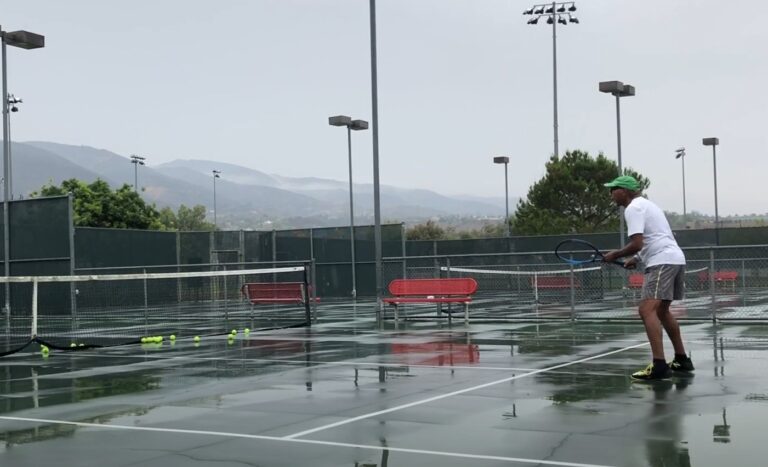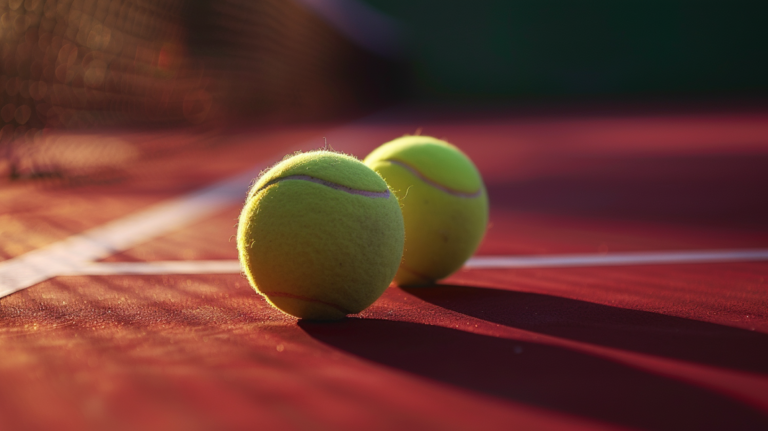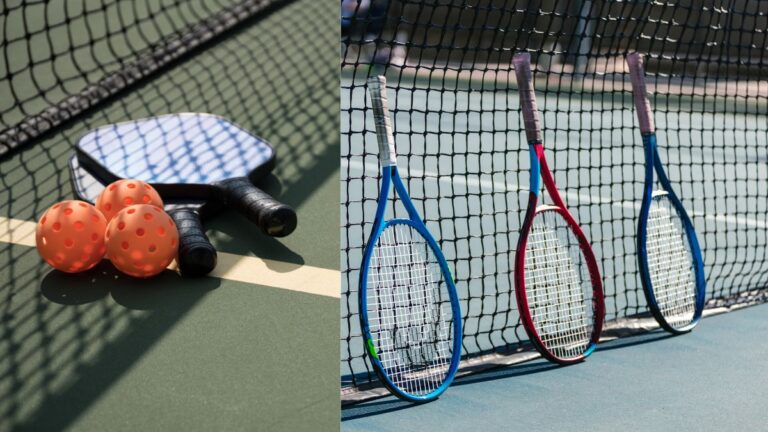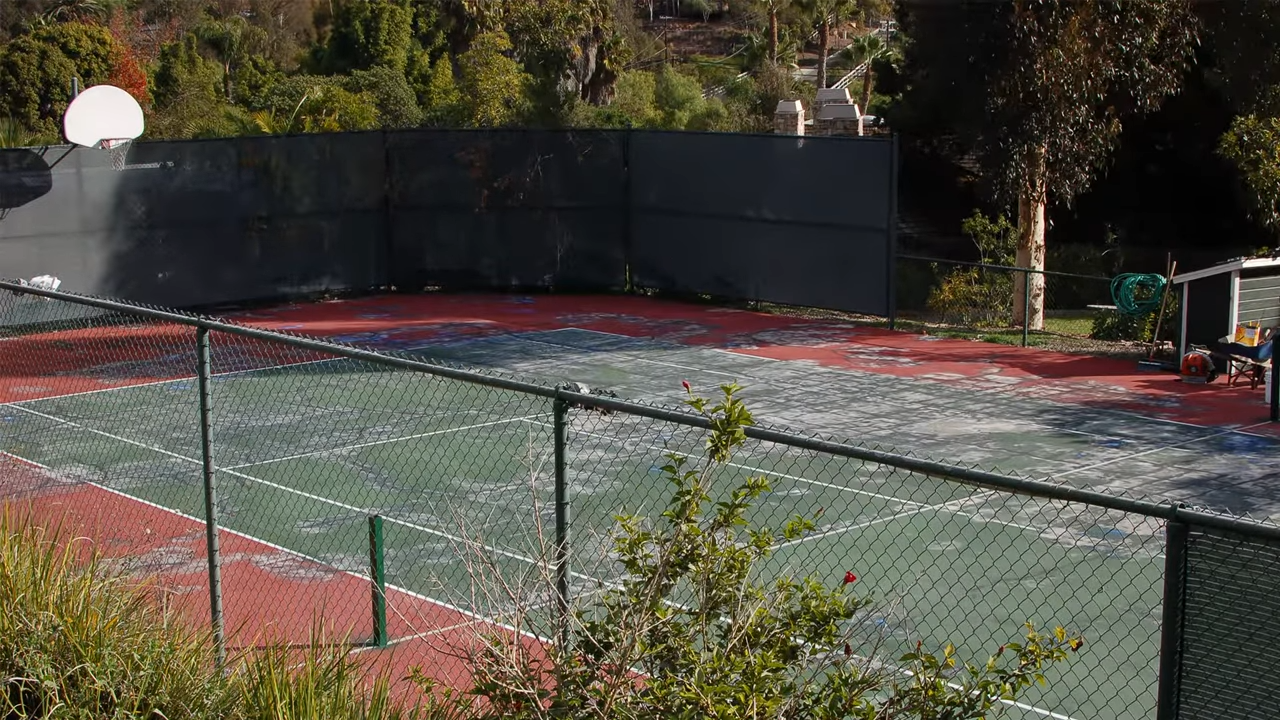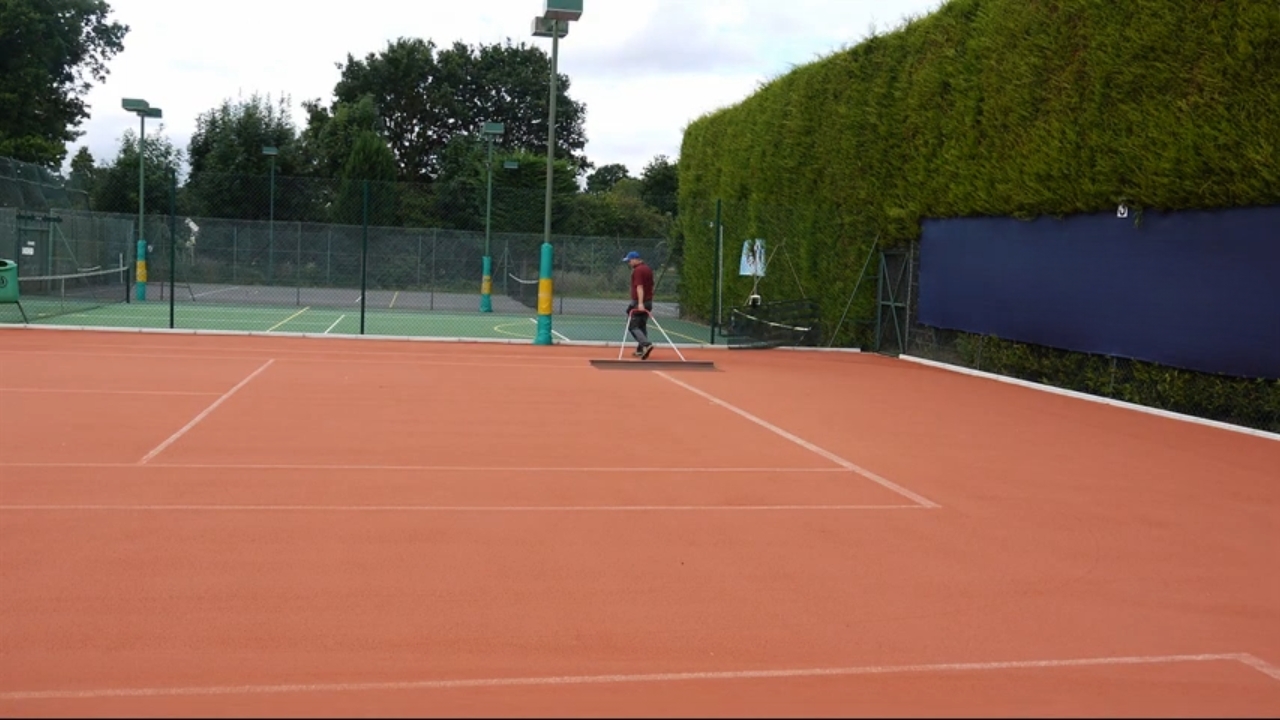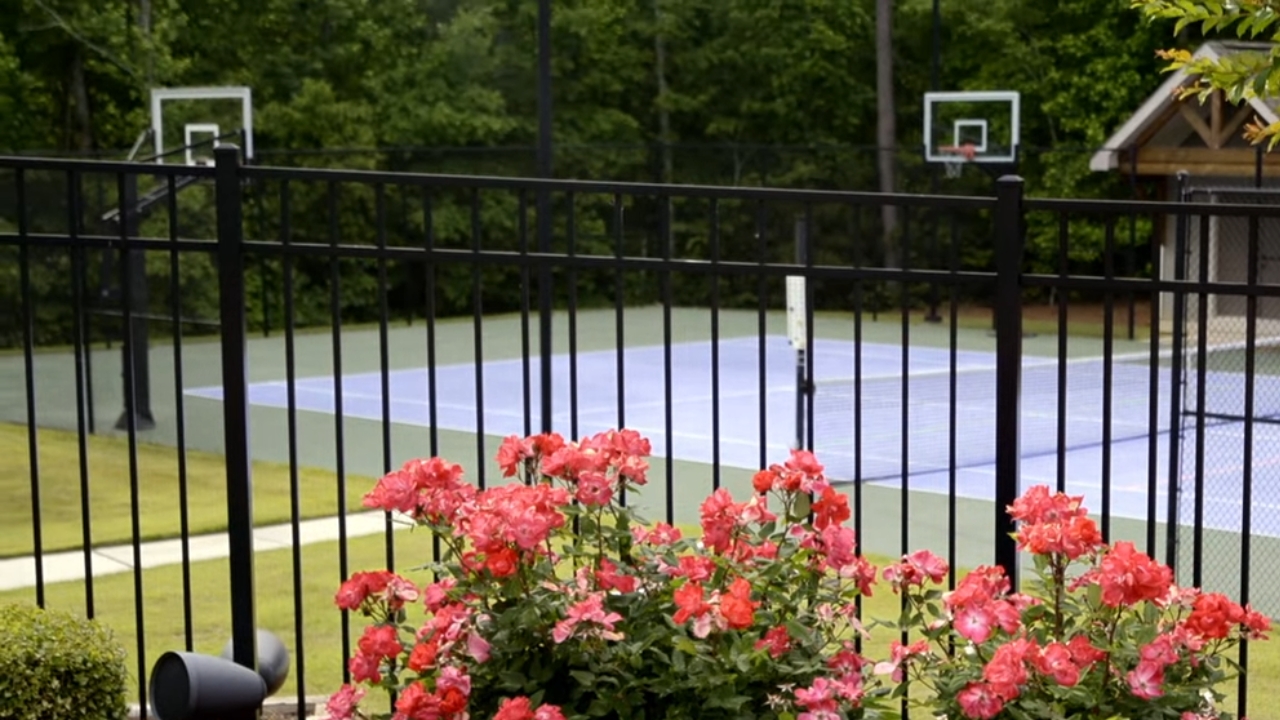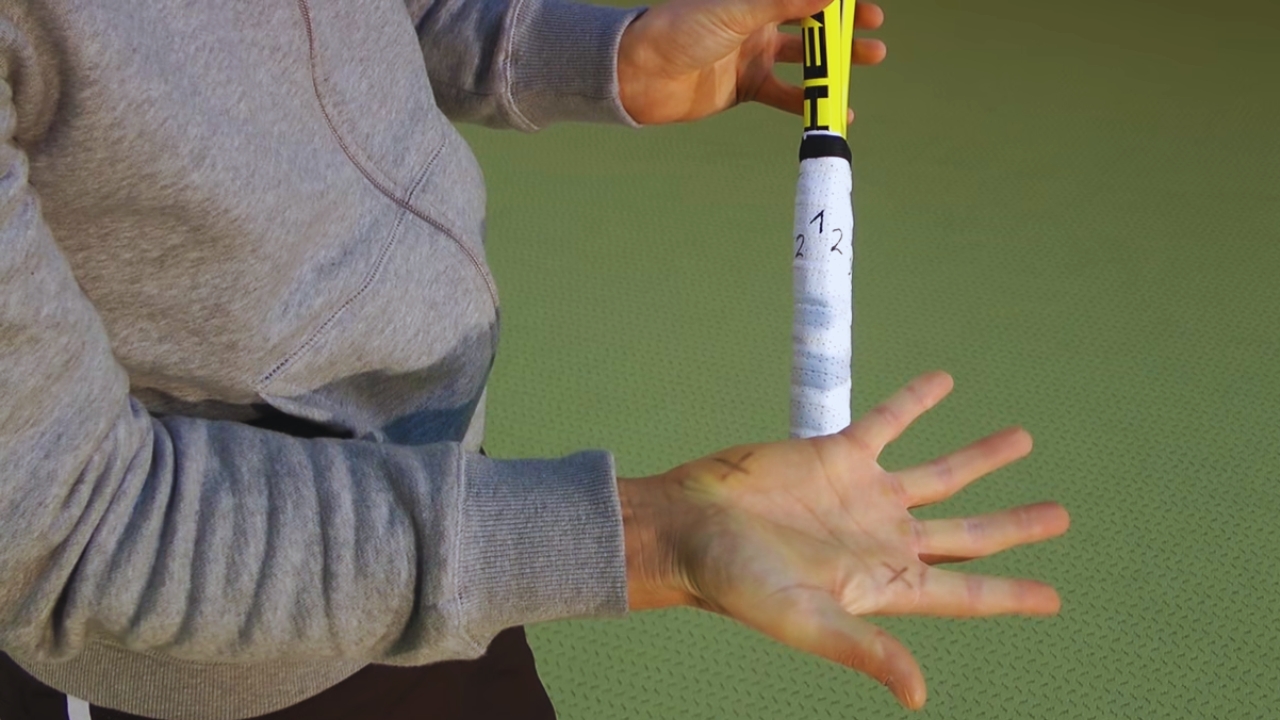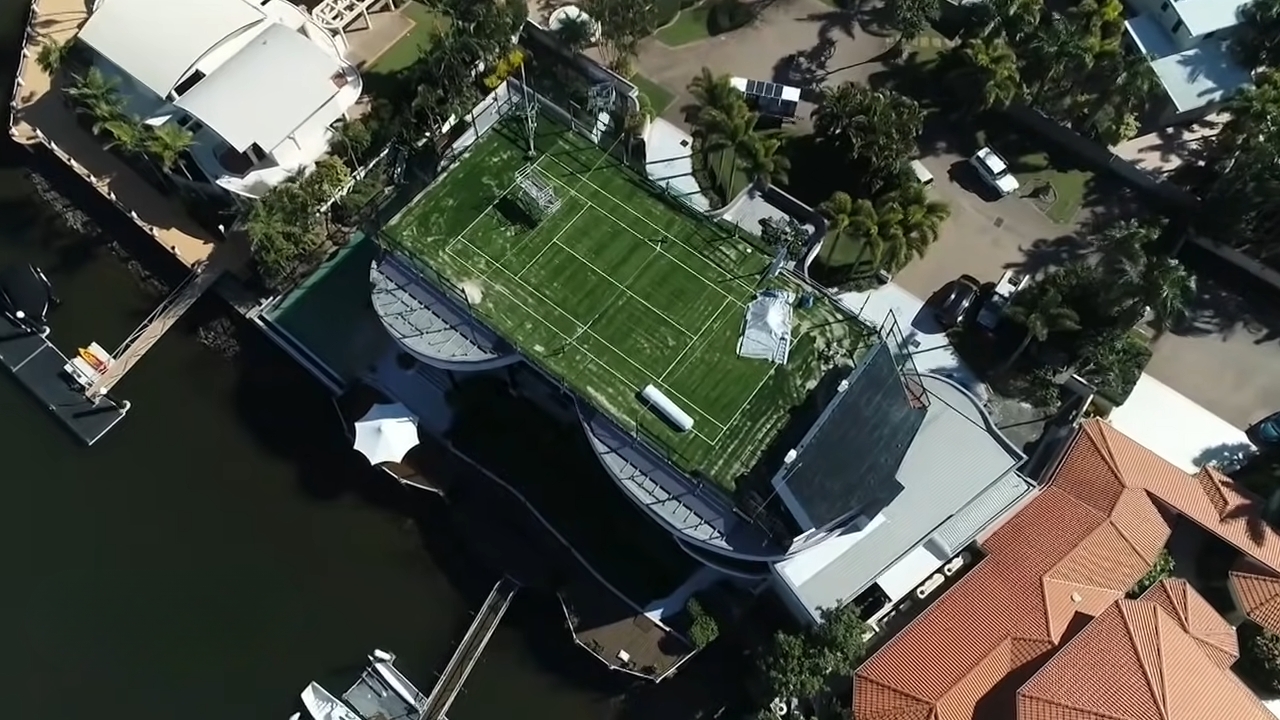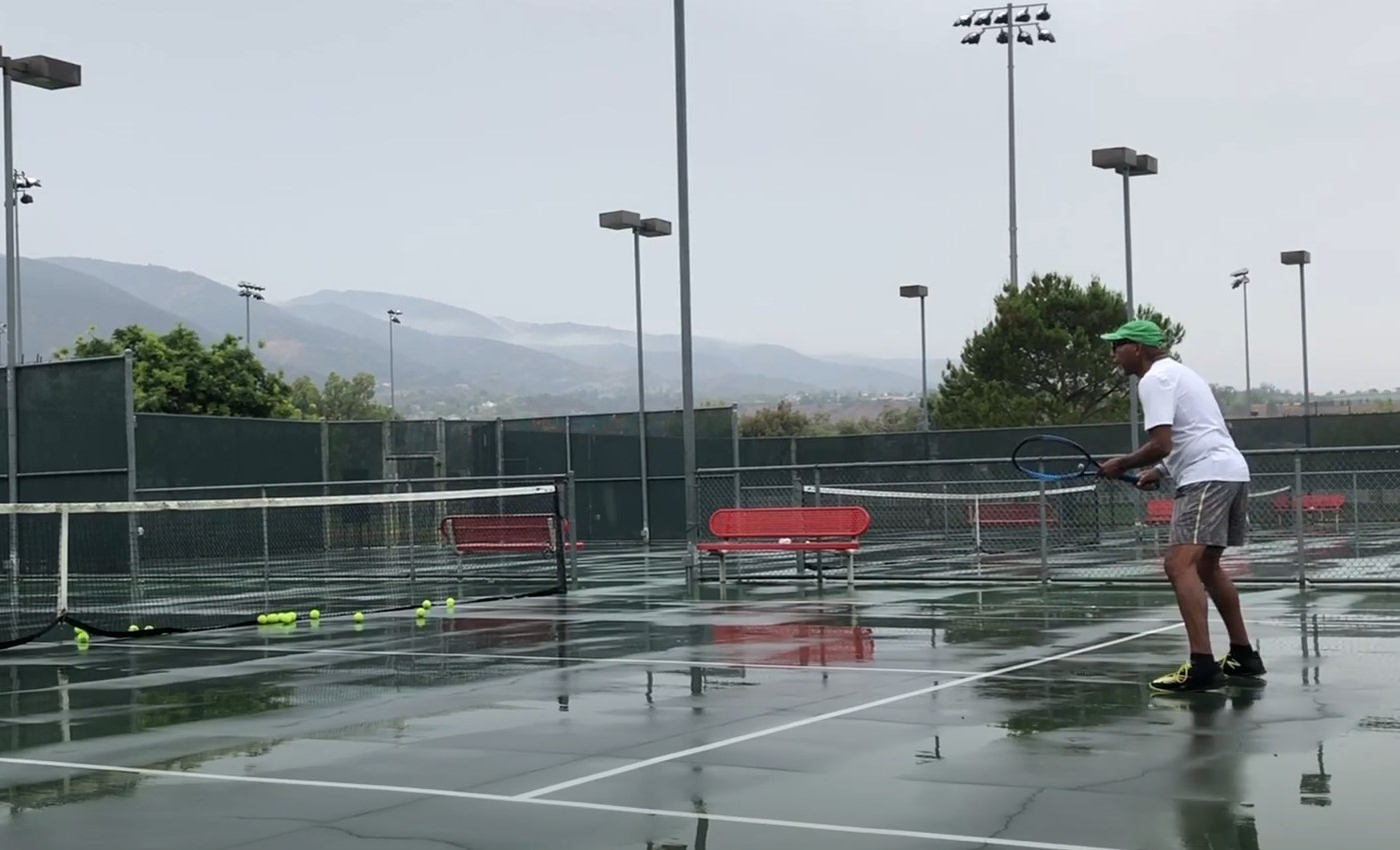Clay courts or hard courts are excellent surfaces for tennis, and each one has its pros and cons. With clay courts, the ground is made of crushed brick or stone. It gives a little when you run on it.
Means you can slide into some shots. But it also means the clay can get stuck to your shoes, so cleaning up is a pain. Hard courts are a different animal. Usually made of concrete or asphalt, so they don’t give at all when you run. No sliding around, but it’s easier on your feet. Ball also pops off these faster than clay.
So what’s it gonna be – sliding clay or solid hard? Clay is nicer on your legs but hard is lower maintenance. We’ll go into more details in this guide, so let’s begin.
Clay Court Essentials
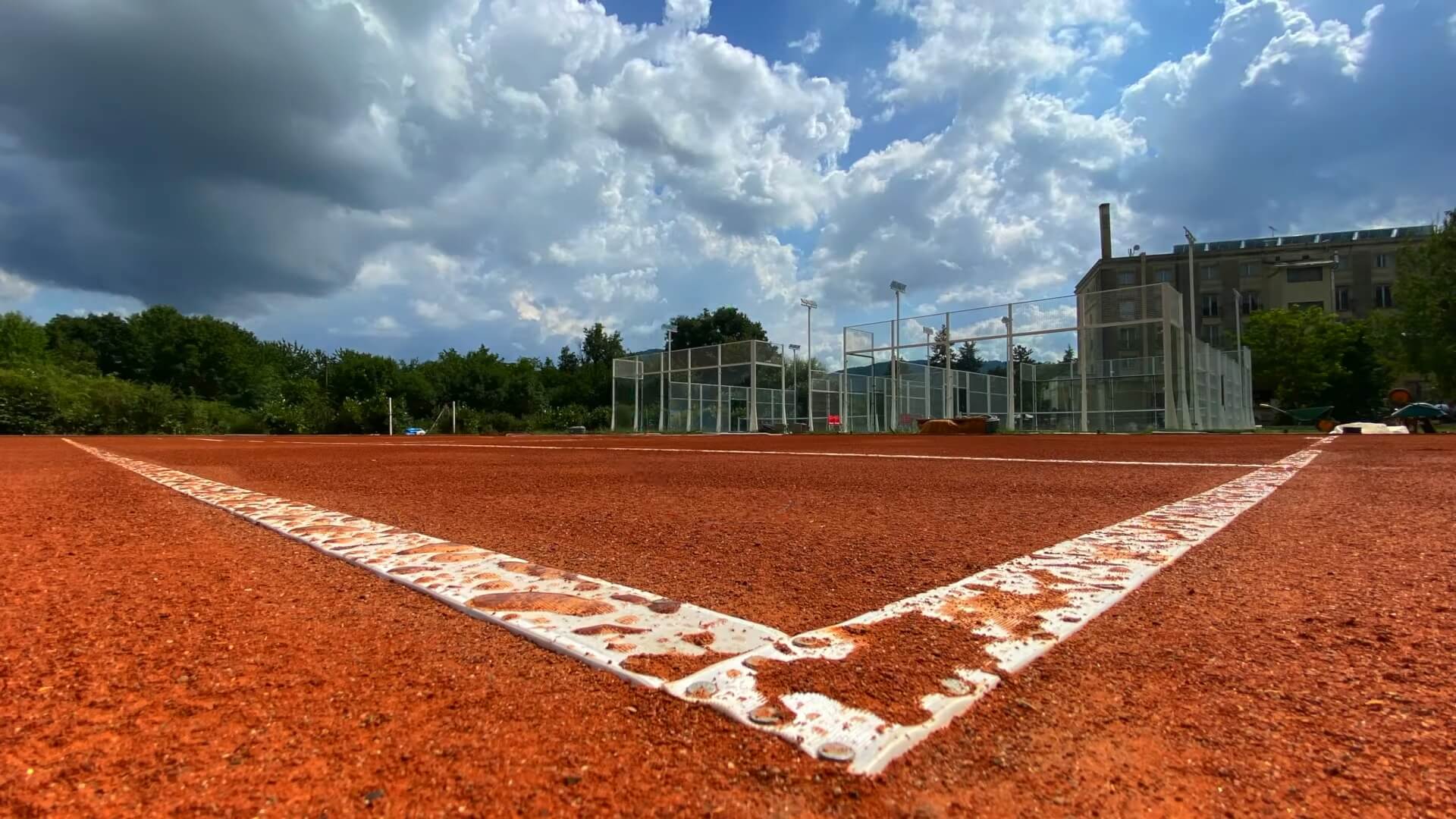
Clay courts are made from sandy dirt and crushed rocks. Pretty basic materials, right? But it gives the surface a nice grip, so you don’t slip and slide when running around out there. It also has some padding to it, so after hours of playing, you won’t be feeling it in your knees the next day.
None of that tennis elbow junk, either! The clay does a fine job cushioning your joints. Another bonus of clay courts is they can handle rainstorms without getting too muddy to play on. The dirt just packs back down nice and tight.
Way less maintenance than other court types, too. Know how asphalt courts need re-painting every few years? Not an issue with clay. Sweep it off, and you’re good to go!
Why You Should Play on This Court?
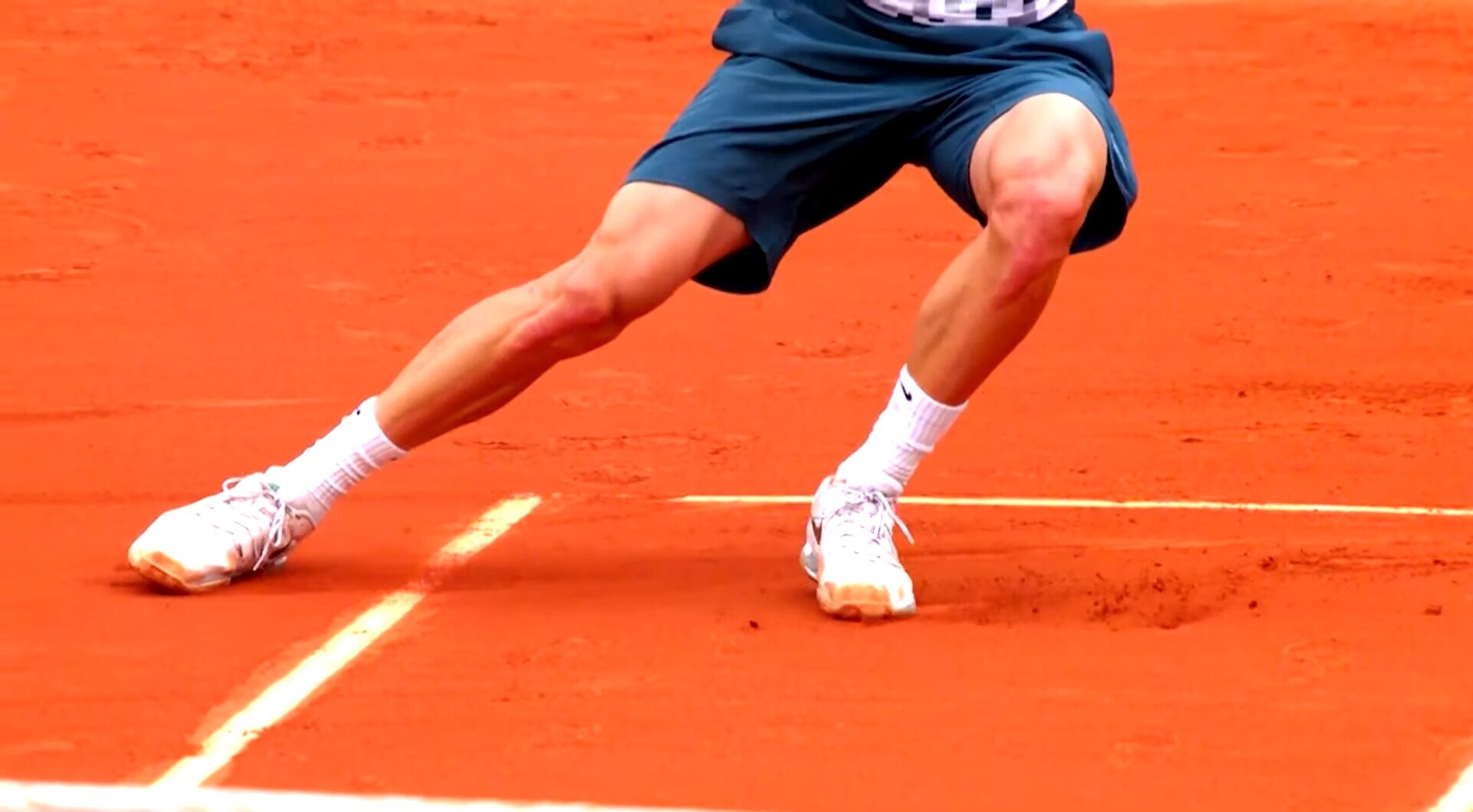
First thing – it’s easier on your knees when running around out there. That clay gives you some cushion, so all that jumping and twisting don’t leave you sore later like it can on other surfaces. Second – the ball doesn’t bounce as high when it hits the clay.
Now, you might think that makes it harder to return shots, but it actually helps you out. Gives you a little more time to set up for the next swing without fear of popping the ball into the face of the guy next to you by accident!
Plus, the clay grips your shoes so you ain’t slipping and sliding all over creation when you go to change directions. Third – you can keep playing even when it’s raining outside. The clay soaks up that water pretty well, so you don’t turn into a pile of mud out there once it starts pouring.
Makes clay courts perfect for us folks who don’t got no fancy roof over the tennis court.
Hard Court Essentials
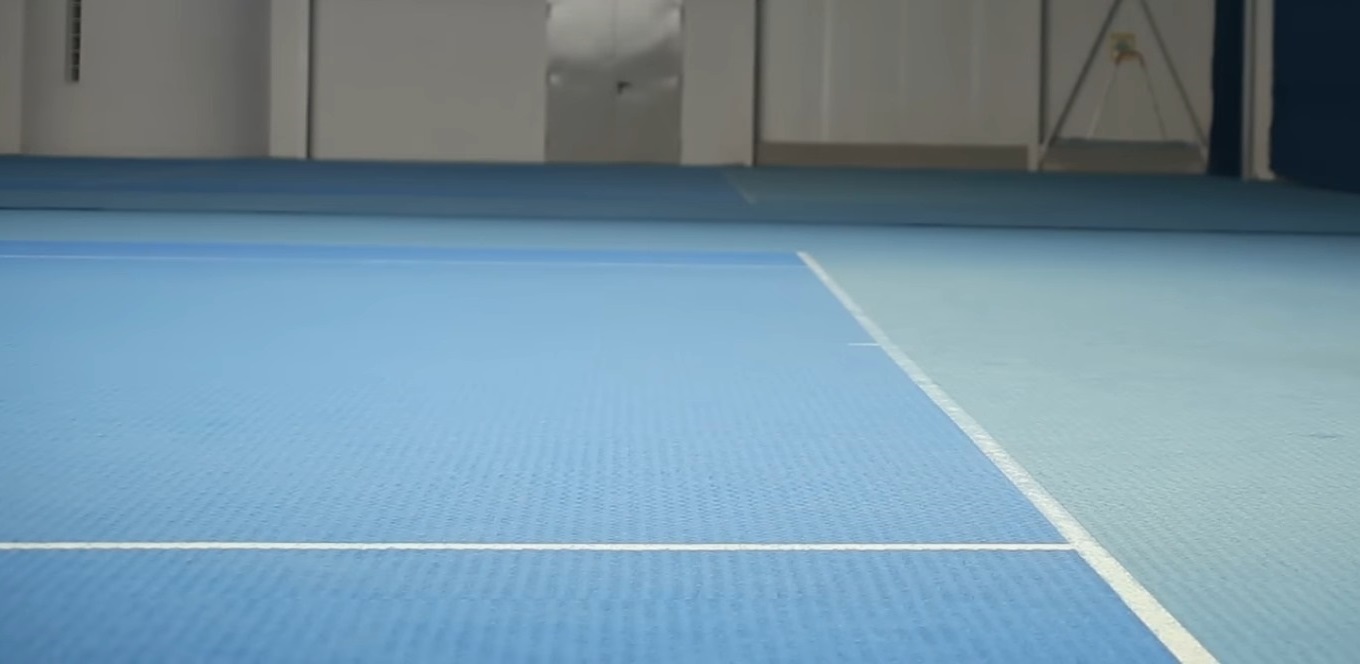
Hard courts are made of asphalt – you know, that black stuff they pave roads with. Once it’s down, they paint lines on it to show where you’re supposed to stand when you play tennis or whatever other game.
You’ll usually find these types of courts at parks, clubs that got nice yards, or people’s houses that are big enough. Playing on a hard court has some good things goin’ for it. One big bonus is you don’t gotta worry too much about rain ruining your game like you would on grass.
As long as a big old storm ain’t blowing through, you can get your hits in, no matter the weather. Another nice thing is they don’t take much work to keep up. That asphalt ain’t gonna grow back, no weeds or nothing.
Why You Should Consider Playing on Hard Court?
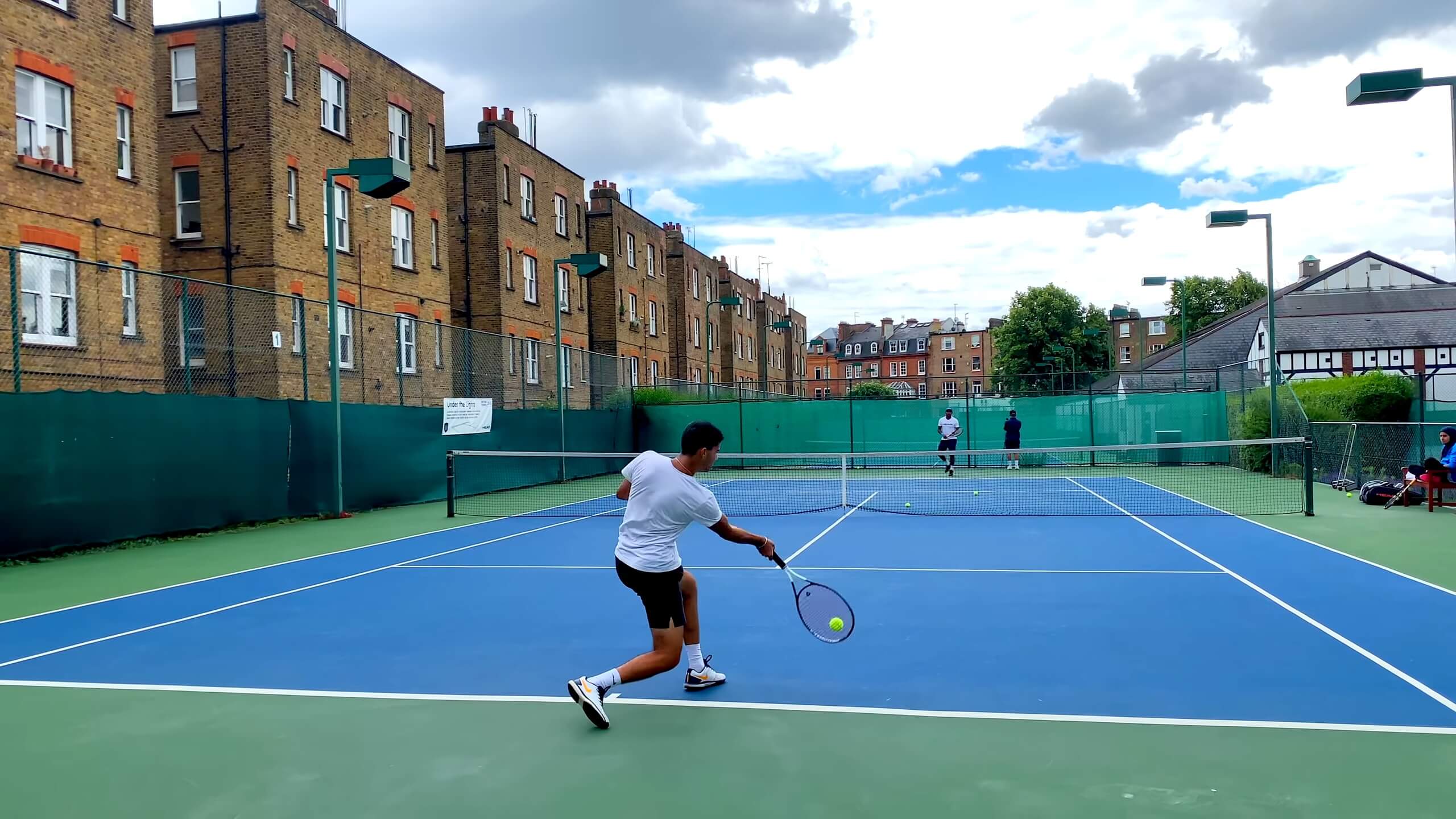
This court is harder than grass or clay. This means the ball won’t get stuck after it bounces! It will be easier to hit the ball over the net without worrying about hitting your opponent by accident. The hard surface is also slippery.
So when you run after balls or spin quickly, you won’t get stuck or slow down as much. This helps you play faster. The hard surface provides less cushion when you land or fall. So you won’t get hurt as bad if you crash into the court.
And it will be easier to hit the ball off your opponent without causing injuries like tennis elbow. You can play no matter the weather on a hard court, as long as it isn’t raining. Hard courts are made of asphalt, so water doesn’t sit on top and soak in well.
This means you won’t have to cancel practice even without a roof over the courts! Hard courts also need almost no maintenance. Clay and concrete courts require painting every few years. But asphalt courts will stay in good shape much longer without repairs. So hard courts save money in the long run compared to other surfaces.
Which One to Pick?
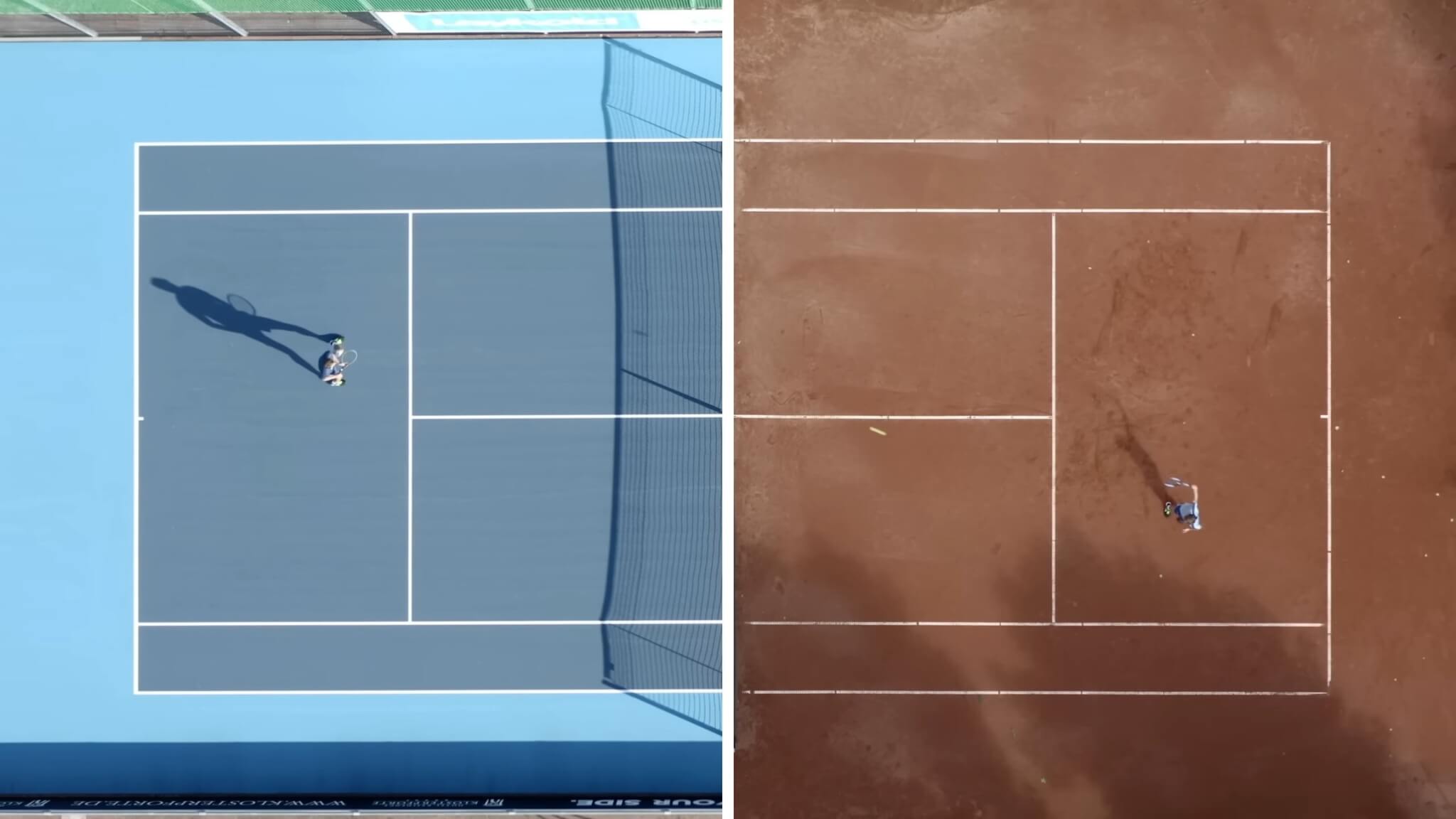
If running all over makes your body sore, clay courts are your friend. The ground is softer, so it’s easier on your legs and joints when stopping and starting. Plus, the surface is grippy, so you won’t slip and fall on your butt!
But maybe speed is more your game. You want fast rallies where you and your opponent are smacking the ball hard back and forth. In that case, hard courts are the way to go. The ground is solid so the ball really zips across. Just watch out cause the hits will have more zap, too. You might end up with a tennis elbow if you’re not careful.
Does one of those styles call out to you? Only you know what kind of playing fits your abilities. Take some time to think on it, then pick your perfect court match!

